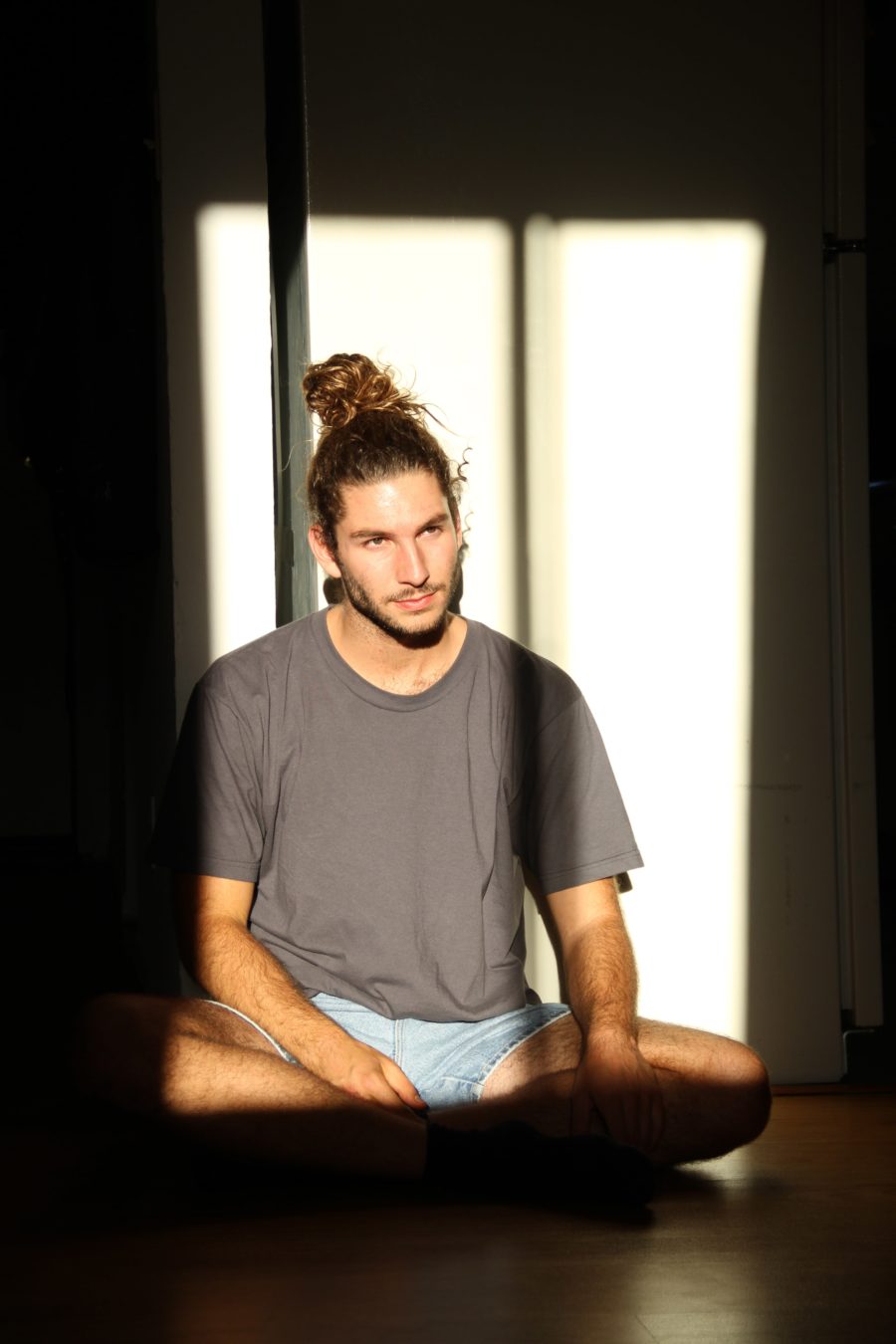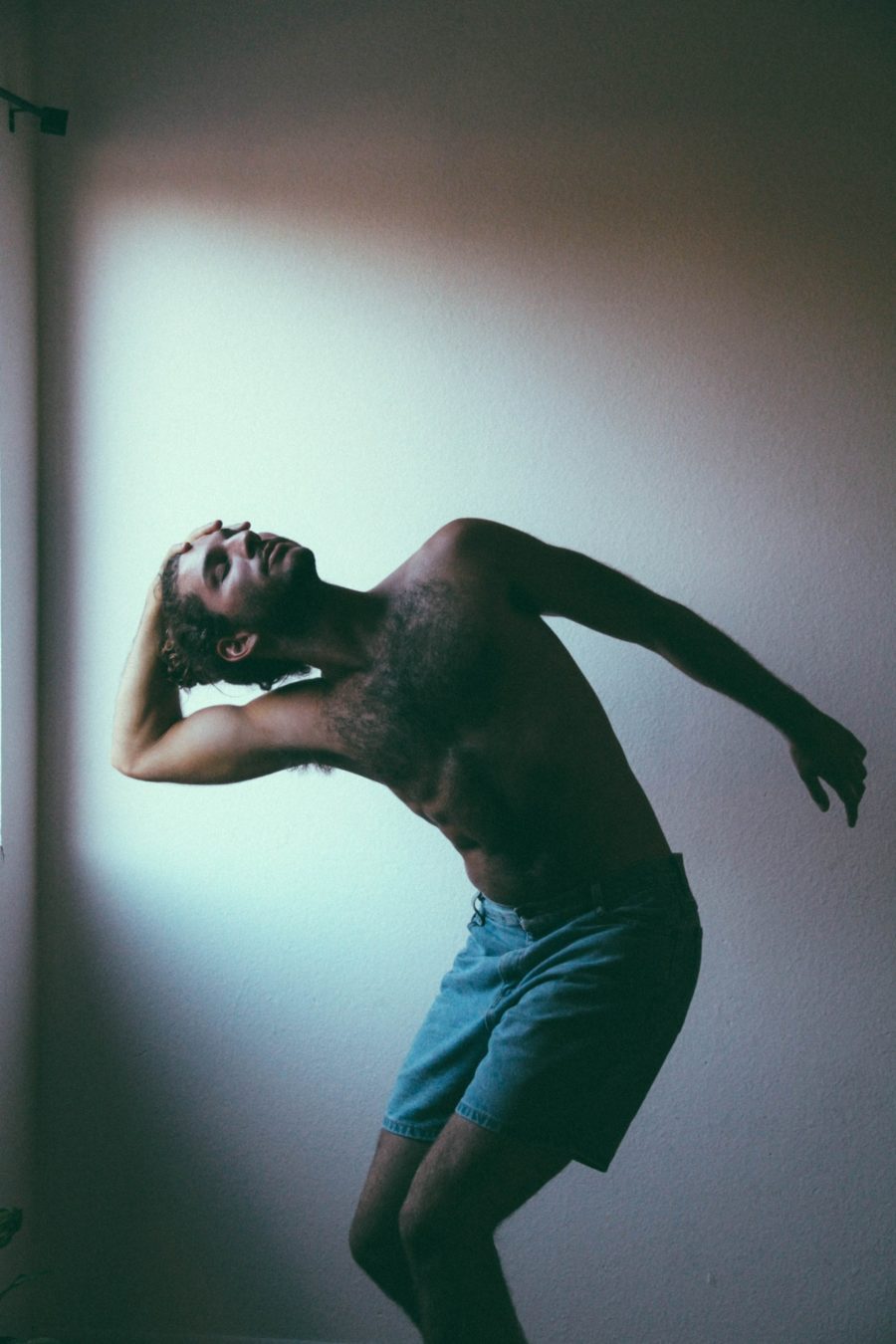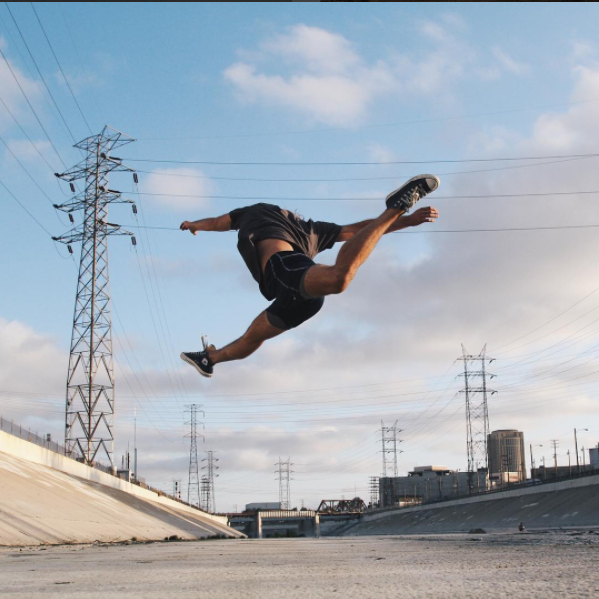Sickling of the ankles, weight in the heels, solidarity with gravity, use of the floor, and the trust between a dancer and their own body weight are the liberating factors that took decades of evolution to bring us what is now coined as release technique.
The early pioneers of modern dance developed isolated techniques that were undoubtedly con-temporized to this style, and some could even theorize that capoeira could have served as inspiration. Whatever led to its birth, it is certainly a technique that stands alone today, and like many forms of modern dance, works for all body types.
As with any art, movement artists are inspired by people of the past who paved the way for what we continue to create today. As we continue to discover what the human body can do, Eric Hawkins, with his study of floating movement qualities and Doris Humphrey with her notion of fall and recovery of releasing weight into each movement were all heading towards this idea of freedom, and realism with the human body. And much of the credit is also due to certain artists continuing to explore these concepts today, one in particular, Wesley Ensminger.
He caught my attention in his unique approach to exploration, as his constant practice of improvisation leads to his own original choreography. As it seems like it would be common for any dancer, it’s surprising to find that many dancers at work aren’t always comfortable with this skill, but through his Instagram, Wesley shows that it leads to a constant discovery of new ways a body can move, which is aiding to the continuous formation of release technique today.

Wesley, you are known as a master of release technique, particularly by your classes held at Gibney. What spurs your fascination with this style?
I have been fascinated by Release Technique since the first class I ever took back when I was in college at the California Institute of the Arts. It grabbed my attention right away and has held that attention since. Of course, it was confusing at first because I was learning a new language of movement but the style and vocabulary felt so much more natural in my body than say Classical Ballet because it had a never-ending connectedness and flow that felt organic and uncontrived.
Who is Wesley Ensminger? How did you start making waves on the dance scene?
Wesley Ensminger is just another human/artist out there in the world trying to share his obsession with dance and movement with any and everyone. After graduating from college I lived in Los Angeles for about three years, working as a freelance dancer and performing artist for various companies and choreographers alongside teaching at multiple studios. Eventually, I came to a point in my profession where I felt like I needed a change of environment so I packed up and moved across the country to New York City. I had no jobs lined up and no real plan of action after moving but knew it was the right thing to do. Once I got to NYC new opportunities started to come my way, whether performing, choreographing or teaching, that have helped me build a platform where I can share with others my outlook and thoughts and hone my voice as an artist/teacher/creator.
Who have you trained under in the past, and what techniques have you mainly studied?
While I was in school at CalArts, I trained mostly in Classical Ballet, Limon, Horton, and of course Release Technique. Rebecca Lemme was the first to really introduce me to Release and has been my biggest mentor in this technique still to this day. There was also a large emphasis in my program on Improvisation and Composition. I spent a lot of time diving into my own personal way of moving by discovering and testing my individuality as an artist through hours of Improvising in the studio by myself, choreographing pieces for school concerts, film projects, site-specific works etc as well as collaborating with other artists on projects of their own. Since then I have ventured into various other techniques and styles of dance but most recently I have become enthralled with Countertechnique which was created by Anouk Van Dijk.
Any particular modern dance pioneers or choreographers today who inspire your work?
I’ve always had a special connection with the work of Pina Bausch and Jiri Kylian but have recently have been extremely inspired by artists like Johannes Wieland and Dimitris Papaioannou. Artists that push the boundaries of comfort, that decide nothing is impossible and are able to create works that leave you speechless yet filled with so many questions.
Describe release technique in your own words?
To me, Release Technique is exactly what the name says. Exploring the ability to ‘Release’ unnecessary tension. Instead of ‘forcing’ or ‘muscling’ through movement, the dancer can start to allow the bones, the weight of the head and the limbs and the natural momentum and recognition of gravity move the body through space. Experimenting with how one can minimize the tendency to grip, clench or restrict and instead spread wider and alleviate stiffness. Instead of cutting one’s trajectory short and getting to a destination quicker, taking the long route to find the complete pathway to help discover the ease of movement within the body. How one can do less ‘work’ so that the movement becomes more natural and organic, as opposed to labored or inauthentic. Lastly, Release helps one find a healthy relationship with the floor, treating it like a supportive friend instead of an enemy because at the end of the day the floor is and will always be there.

What helps you “get into your body” when improvising and exploring movement?
Whenever I get into the studio by myself, I typically spend a good 30 minutes or so just rolling around on the floor, letting the hard surface massage all the big heavy muscles, loosen up the skin and cushion the joints in a low impact and low-stress environment. Once my body starts to feel more available and I begin to play with larger movement, I sometimes like to give myself little tasks or images to play with while I’m improvising. However, more often then not I will get on a roll where I have no prompt or idea in my head anymore of where the movement is coming from or where it’s going to, so I mainly just try to stay as open and available as possible to anything that could happen and follow my natural ‘animal’ instinct instead of thinking of potential outcomes.
What do you like most about release technique?
I love the sense of freedom that Release gives me. Once I’ve allowed myself to let go of any excess tension or stress within my body, I am free to go anywhere and do anything. Release allows me to feel fully supported by the floor below me and the air around me and reminds me that I can use my weight and can play with gravity and momentum to eat up space, take risks and fall on my face in a healthy and experimental manner.
In what ways has it liberated you as an artist?
Release has truly allowed me to be so much more open and available as an artist and as a mover. It has taught me not to worry about what the outcome or the ‘product’ will be and instead recognize that the ‘process’ is so much more important. Endless exploration of movement, constantly making mistakes or executing the material ‘incorrectly’ is okay as long as I allow myself to follow my natural inertia and intuition.
How can a dancer benefit from this technique?
Release is so beneficial in so many ways, but I would say the primary underlying aspect of Release is that it truly allows the dancer to let go of certain stresses or qualms that can restrain or hinder one’s movement. Release reminds you to breathe, relax, give into your plie, fill up space inside and outside your body and taste the air around you. Release encourages the dancer to take risks, discover new and unending pathways and research the ability to distribute and redistribute their weight to find a full range of motion.

Who or what inspires you the most?
I am most inspired by the world around me and basic human interactions and tendencies. How one enters a room or carries themselves. How people walk down the street or have conversations with each other. I also draw a great deal from the relationship between Masculine and Feminine in my work and how those lines can become blurred, intercrossed and nonspecific.
What are your goals for yourself, this technique, and how it impacts the future of contemporary dance?
Goal wise, I would say that I would simply love to be able to share Release with as many people as I can. I feel like it is still a relatively new technique in the grand scheme of modern/contemporary dance techniques, but is starting to gain more and more traction. It has had a such a huge impact on myself not only as a dancer or a mover but as a creator, artist, educator and as a person. I feel like we hear the word ‘No’ so much as a dancer/artist (and as an everyday human being), either from our exhausted bodies, our critical teachers, picky casting directors, endless auditions etc, but when you get into a Release class you are given the permission and encouraged to be fully available and just say ‘Yes’ to anything that may come your way so that you can experience movement coursing naturally through your entire body. I would love to be able to travel, teach and share with people all over the world so that others can experience how great Release technique feels and benefit from all it has to offer.
How does your day to day life look like, and how do you support yourself as an artist?
I teach at a few studios and schools around NYC so I am pretty much just always running around from one thing to the next. I am on faculty at the Joffrey Ballet School where I teach Release, Composition and Improvisation to the year-round ballet trainee students. I also teach regularly at Gibney Dance and every so often at Peridance Capezio Center and Broadway Dance Center. If I am not teaching I am usually finding time to rent studio space for myself where I continue to explore new ideas/concepts/tools to bring into my classes or whatever new process I am working on.
What do you want to be known for?
I would love to be known as an unapologetic mover and an authentic artist and creator. Someone who could potentially inspire others to discover their true, uninhibited, genuine voice.

What is the biggest way that dance has impacted your life?
Dance has impacted my life in more ways than I could ever count or put into words. Dance is always on my mind and I never get tired of it, even when I am beyond exhausted and my body feels horrible. It has taught me structure and discipline as well as freedom and openness. It has taught me that nothing happens overnight and if you want to achieve something you have to put in the work. Dance has acted as my therapist, my go-to vice and my healthy escape.
What are your biggest accomplishments to date?
To date, I am most proud of the show I was able to create and present at Gibney Dance NYC in April of 2018 called ‘Blank or Tied’ with a great friend and collaborator Caitlin Adams. Caitlin and I shared the 3 evening run and the piece I choreographed called ‘inside boy’ was the first full, evening-length show I had ever created as well as the first group piece I had choreographed and presented in New York City after moving here the year before. Up until this show I had only been playing around and showing solos that I was creating on myself at various choreography showcases and festivals around NYC. I poured my heart into ‘inside boy’ and it became so authentic to myself and the performers who helped me create it that I couldn’t have been more proud.
What’s next for Wesley Ensminger?
Who knows! The options are endless! Right now I am working on a few smaller projects and hoping to produce and choreograph another evening-length show in the near future. I am always open to and looking for more opportunities to share my voice as an artist, my experiences as a mover and my knowledge as an educator with any and all that are willing to join me in exploration. I love travelling and meeting new people so a huge goal of mine is definitely bringing Release to artists all over the world


